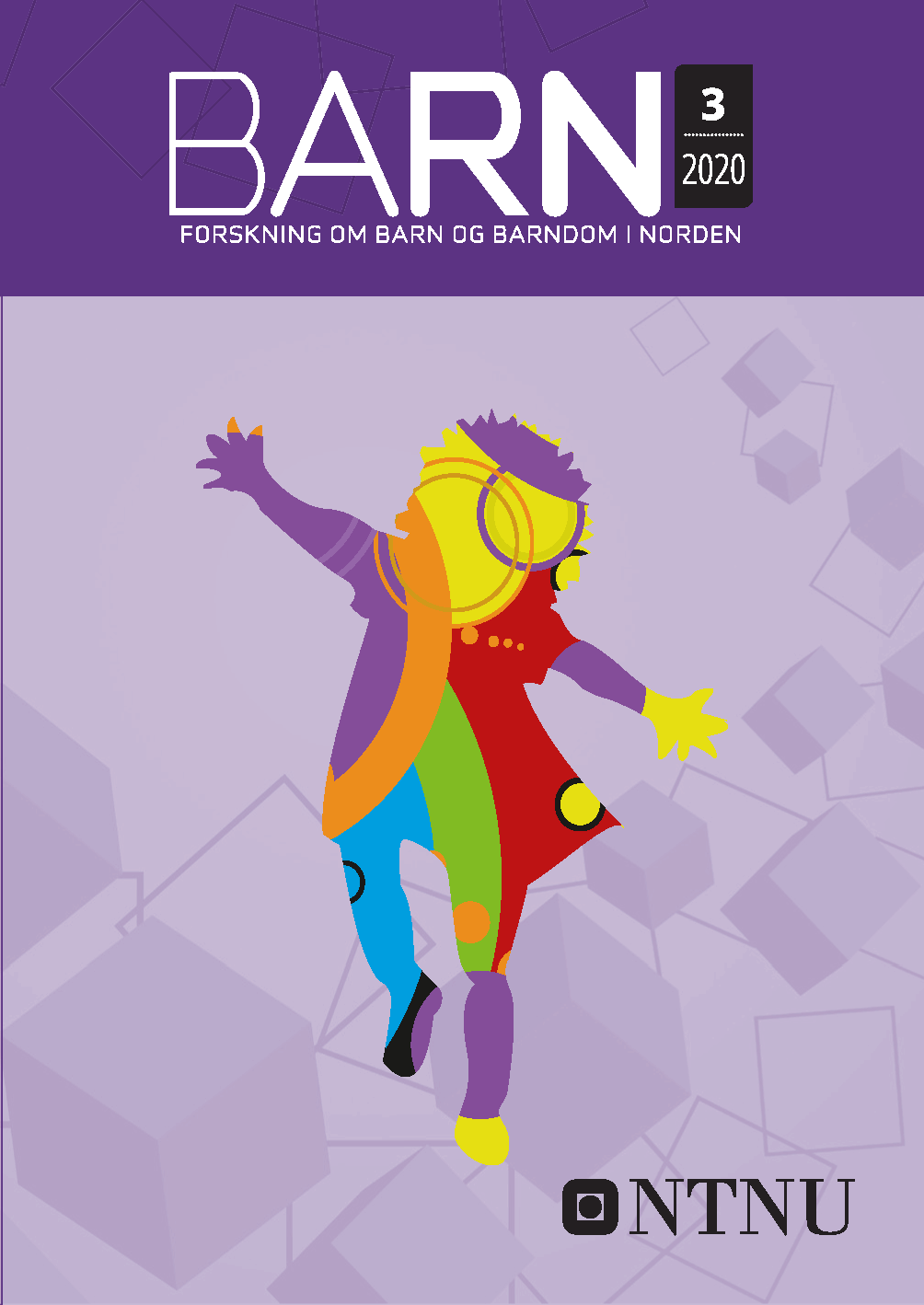“The most important thing is that the plants are allowed to live and things like that”: a study to prevent children’s plant blindness
Abstract
This study aims to contribute to an in-depth understanding of children’s plant blindness. Plant blindness is explored through a close study of how children perceive and use a forest garden. The theoretical framework is based on social studies of childhood and the assumption that children are active, social, and competent. The study includes 28 children, the majority of whom were 9 years old, who participated in walk-and-talk conversations during which they took photos. Gibson’s concept of affordances has been used as the analysis tool. The analysis centered on those elements of the forest garden, which the children had photographed most frequently and considered to be important, memorable, and/or special. The results show that plants, including trees and shrubs, are a markedly dominant feature for children and are linked to sensory, emotional, and aesthetic affordances that the children describe. This study suggests that the environment of the forest garden, in conjunction with the forest garden educators’ pedagogical approach including various mini projects with plants can contribute to preventing children’s “plant blindness”. The study concludes that it is important to plan for plant exploration in children’s immediate outdoor environments.
Full text
Published
How to Cite
Issue
Section
Keywords:
forest garden, social studies of childhood, children's perspectives, walk-and-talk conversations, affordances, plant blindness
License
Copyright (c) 2020 Maria Hammarsten

This work is licensed under a Creative Commons Attribution 4.0 International License.


